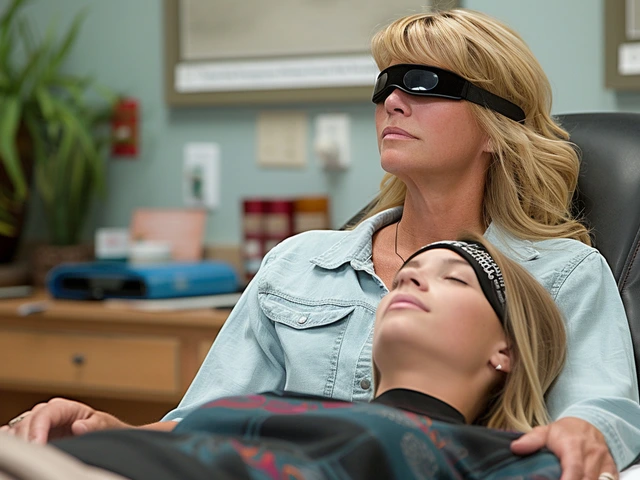Back pain relief: simple massage, movement and quick fixes
Back pain is the top reason people miss work and stop activities — but many flare-ups ease with small, smart steps you can do at home. This page gathers clear, low-risk ways to reduce stiffness and cut future episodes using massage, movement, and habit tweaks. Use what fits your pain level and see a clinician if you get numbness, fever, or sudden weakness.
Start with basics: heat for 15–20 minutes to relax tight muscles, ice for short bursts if the area is inflamed. Move gently — short walks and slow bends keep joints lubricated. Sit with hips slightly higher than knees and avoid slouching. When lifting, hinge at the hips instead of bending the lower back.
Quick hands-on fixes
Use a tennis or lacrosse ball against a wall to find tight spots along the spine and glutes. Place the ball between your back and the wall, lean into it and roll slowly. When you hit a sore spot, breathe and hold steady pressure for 30–60 seconds until the ache eases. Stop if pain sharpens. Trigger-point work on glutes and the lower back often reduces referred pain down the leg.
Try gentle acupressure: press into the lower back area just above the pelvic bones and hold for 20–30 seconds. For neck-related tension that feeds into the upper back, press the base of the skull and massage in small circles. A short Amma or trigger-point session with a trained therapist can release chronic tightness faster than self-work.
Movement and longer-term fixes
Daily mini-routines change how your back handles load. Do 10 pelvic tilts each morning: lie on your back with knees bent, tighten the lower belly, flatten the spine to the floor, then release. Add a short Feldenkrais-style awareness practice: move slowly through painless hip circles and notice how the spine shifts.
Control beats brute strength. Five to ten minutes of low-load core work — bird dog, side-plank holds, or dead-bug variations — builds stability without stressing discs. After a flare-up, try walking or gentle swimming to move the spine without heavy impact.
Hands-on therapies across our guides — Amma massage for back tension, Ortho-Bionomy and Hellerwork for alignment, and trigger-point or warm stone sessions for muscle release — can speed recovery when self-care stalls. Pick a therapist who listens, checks your movement, and adjusts pressure to your comfort.
Breathing and sleep matter. Try diaphragmatic breathing: sit or lie, hands on your belly, inhale four seconds, pause one, exhale six; repeat for three minutes to ease muscle tension. Sleep on your side with a pillow between knees for hip alignment.
Picking a therapist: ask about training in trigger-point work, Amma or Ortho-Bionomy. Ask if they check movement and give home exercises. Book a short session first to test pressure and fit and client comfort.
If pain lasts more than six weeks, worsens, or comes with numbness or fever, see a healthcare professional. For step-by-step how-tos, check our guides on Amma Massage, Trigger Point Massage, Ortho-Bionomy, and Feldenkrais training — each has practical tips you can try between appointments.

Rolfing for Scoliosis: Real Relief for Stubborn Back Pain
This article dives into how Rolfing can help people living with scoliosis by improving posture, reducing pain, and making daily life more comfortable. You'll discover what Rolfing actually is, how it works, and whether it's safe. Get practical tips for finding a qualified Rolfer, learn about what sessions feel like, and see real results reported by those who've tried it. It's packed with down-to-earth advice for anyone tired of letting scoliosis rule their lives.
Categories
- Health and Wellness (148)
- Alternative Therapies (86)
- Massage Therapy (40)
- Travel and Culture (15)
- Beauty and Skincare (9)
- Holistic Health (8)
- Health and Fitness (5)
- Spirituality (5)
- Other (2)
- Personal Development (2)
Popular Articles



